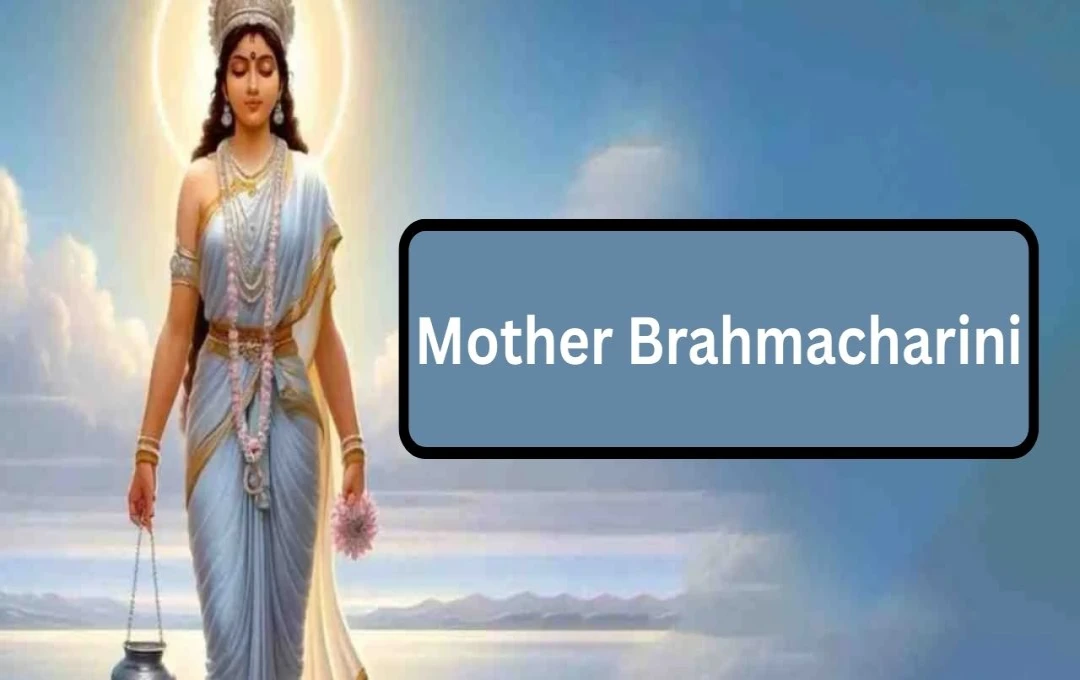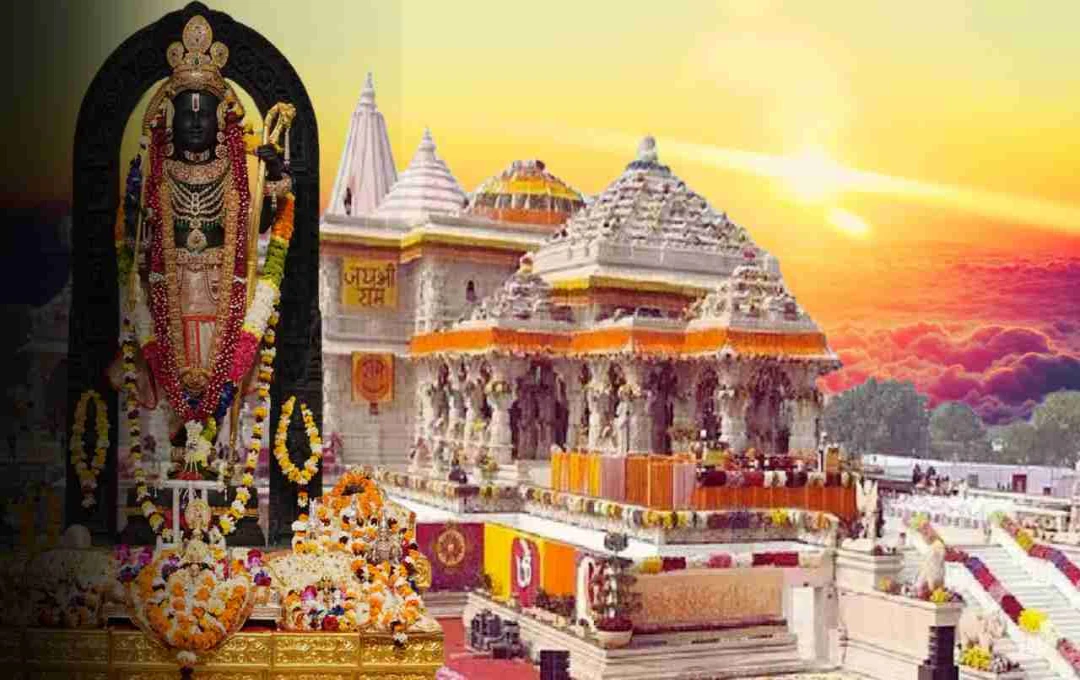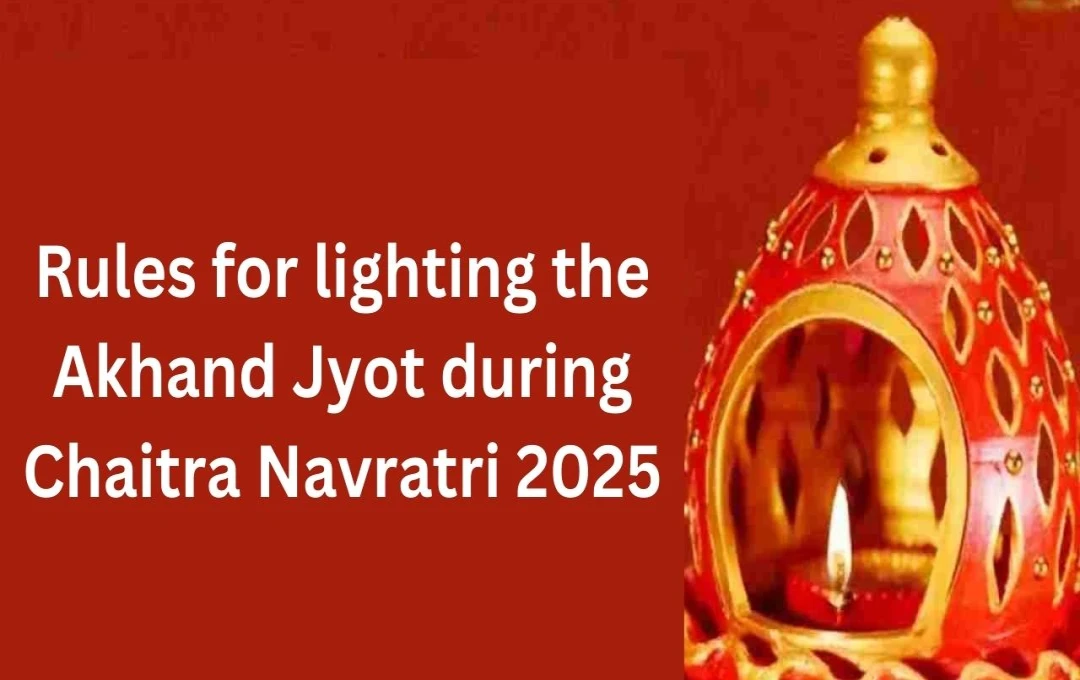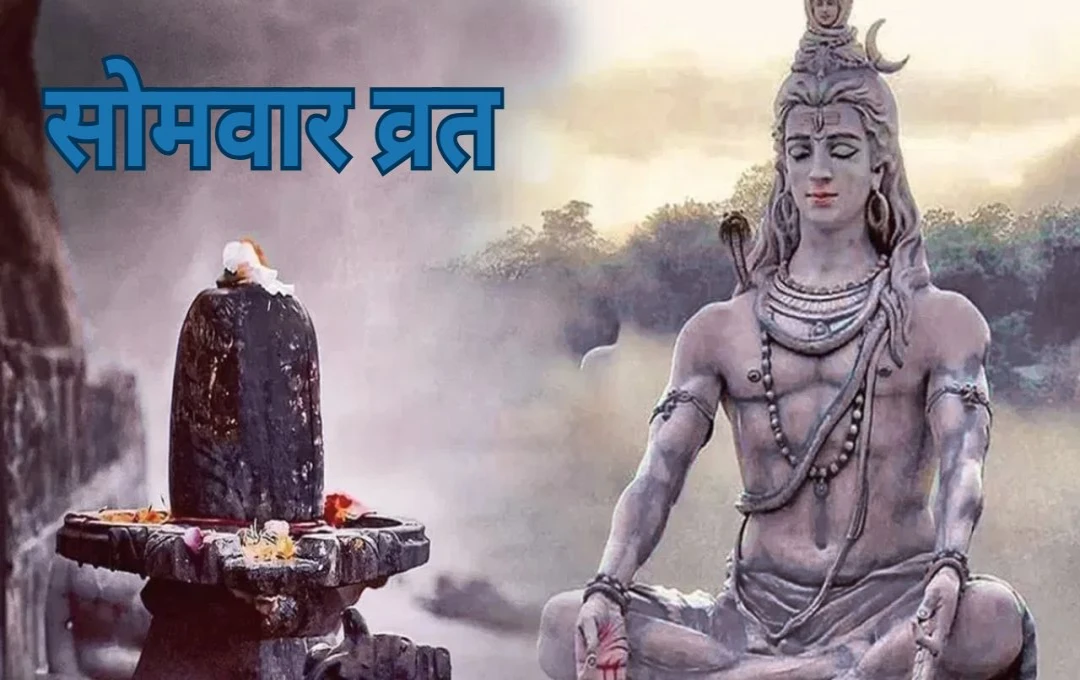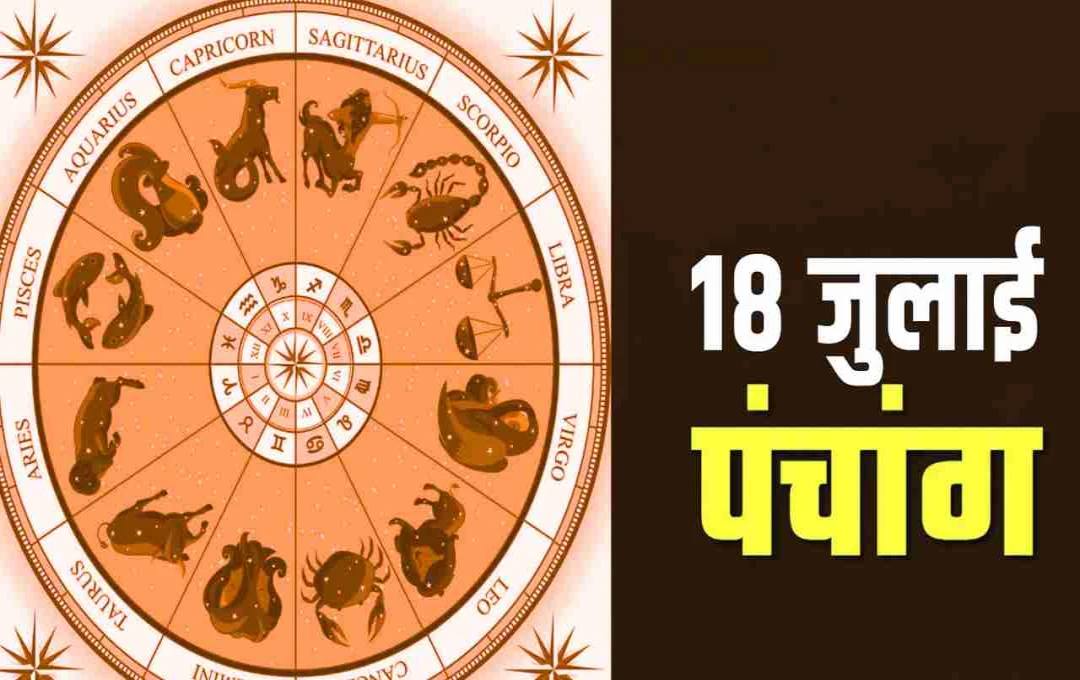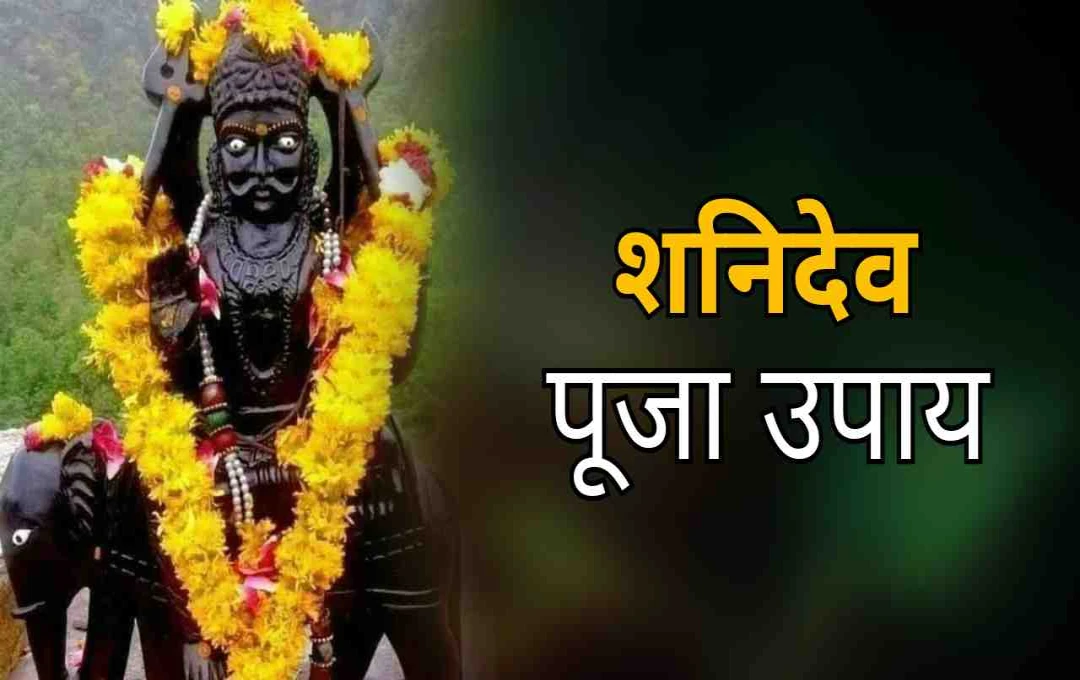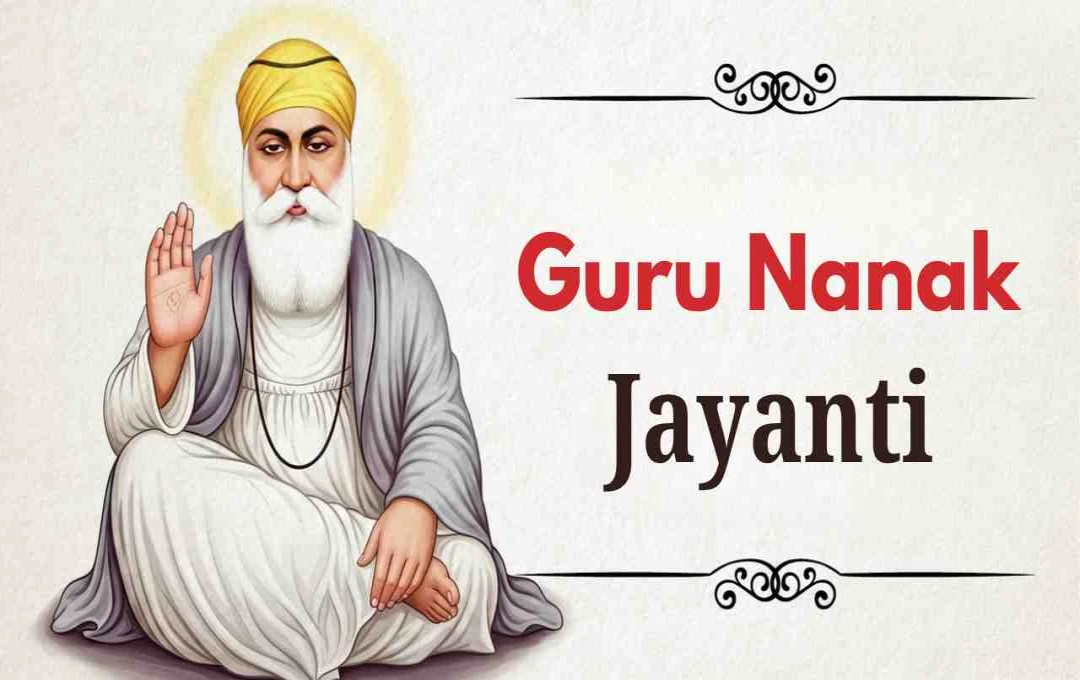On the second day of Navratri 2025, September 23rd, Maa Brahmacharini will be worshipped. This unmarried form of Parvati is believed to bestow penance (tapas), self-control (samyam), knowledge, and prosperity upon devotees. On this day, the goddess's blessings are sought through auspicious colors, mantras, aarti, and offerings (bhog).
Navratri 2025: Worship of Maa Brahmacharini – On the second day of Sharad Navratri, September 23, 2025, the worship of Maa Brahmacharini will be organized across the country. Maa Brahmacharini is the unmarried form of Mata Parvati, specifically regarded as the giver of knowledge, self-control, and prosperity. On this occasion, devotees will offer white flowers, sandalwood, and unbroken rice (akshat) and chant mantras. Aarti, bhog (offerings), and auspicious colors hold special significance in the puja. Devotees believe that worshipping Maa on this day reduces Mangal Dosha and brings positive energy into life.
Form and Significance of Maa Brahmacharini
Maa Brahmacharini is depicted adorned in white attire. In her right hand, she holds a rosary (jap mala), and in her left, a water pot (kamandal). This form is considered a symbol of self-control, spiritual discipline (sadhana), and purity. According to astrological beliefs, Maa Brahmacharini governs the planet Mars. Therefore, her worship is believed to alleviate Mangal Dosha and its associated inauspicious effects.
Significance of Second Day's Puja
On this day of Navratri, special importance is given to Maa Brahmacharini's puja rituals, mantras, stories (katha), aarti, offerings (bhog), and auspicious colors. Chanting the mantra ‘Om Devi Brahmacharinyai Namah’ during the worship is believed to yield special benefits. Devotees receive blessings by listening to Maa's stories and performing aarti on this occasion. Devotees believe that worshipping Maa Brahmacharini brings penance (tapas), self-control (samyam), and prosperity into life.
Auspicious Color for the Second Day
On the second day of Navratri, blue, green, and white are considered auspicious colors during the worship of Maa Brahmacharini. It is customary for devotees to use these colors extensively in the decoration of the worship area, attire, and offerings on this day. It is believed that these colors enhance positive energy and help in receiving the blessings of Maa Brahmacharini.
Worship of Maa Brahmacharini
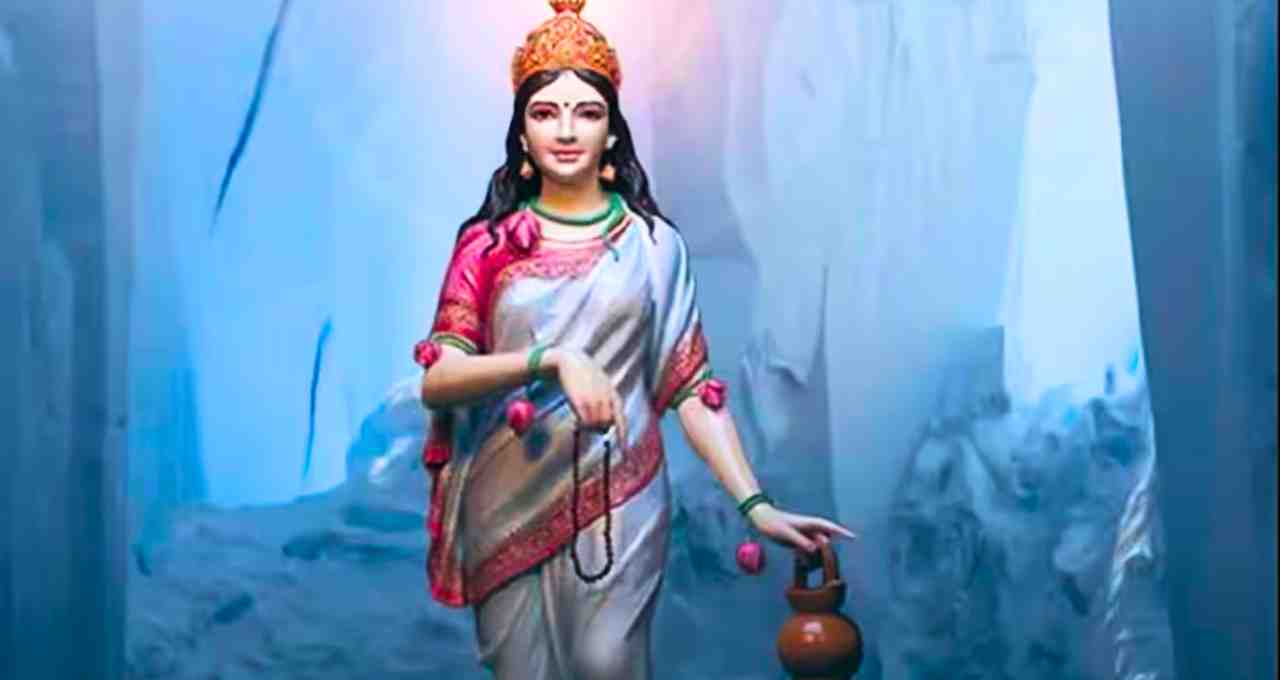
On the second day of Navratri, Maa Brahmacharini is worshipped to gain the power of knowledge, self-control, and penance (tapas). Religious belief holds that Maa Brahmacharini is dear to Lord Brahma and is considered the bestower of knowledge. Devotees believe that chanting Brahma mantras increases positivity and spiritual strength in life. Maa Brahmacharini is regarded as the presiding deity of the Vedas and especially of the Gayatri Mantra.
Devotees believe that worshipping Maa removes sorrows and crises, bringing stability to life. A person who remembers Maa Brahmacharini after understanding her glory finds both devotion (bhakti) and detachment (virakti) to be stable. Chanting Maa Brahmacharini's mantra with devotion, holding a Rudraksha rosary, is considered especially fruitful. A devotee who abandons laziness in devotion and praises Maa attains happiness and peace. It is a religious tradition that Maa Brahmacharini fulfills all the tasks of her devotees and protects their honor.
Mythological Story
According to mythological beliefs, Maa Brahmacharini is the unmarried form of Mata Parvati. She performed severe penance (tapasya) to attain Lord Shiva as her husband. During this penance, she survived for a long time on only fruits, flowers, and sometimes leaves. Due to this rigorous spiritual discipline (sadhana), she was named "Brahmacharini." Devotees believe that Lord Shiva was pleased by her devotion and penance, and ultimately accepted Mata Parvati as his wife.
Maa Brahmacharini Puja Rituals
On the second day of Navratri, it is customary to take a morning bath, wear clean clothes, and take a vow (sankalp) for puja while meditating on Maa Brahmacharini. During the worship, offering white flowers, sandalwood, and unbroken rice (akshat) to Maa Brahmacharini is considered auspicious. Devotees chant the main mantra of Maa Brahmacharini, “Om Devi Brahmacharinyai Namah.”
Additionally, the mantra “Ya Devi Sarvabhuteshu Brahmacharini Rupena Samsthita. Namastasyai Namastasyai Namastasyai Namo Namah॥” is also chanted. After the completion of the puja, performing Maa Brahmacharini's aarti is considered particularly significant. Finally, there is a tradition of offering sweet Prasad to Maa and receiving blessings.
Maa Brahmacharini Mantras
Main Mantra
Om Devi Brahmacharinyai Namah
Ya Devi Sarvabhuteshu Brahmacharini Rupena Samsthita. Namastasyai Namastasyai Namastasyai Namo Namah॥
Dhyana Mantra (Meditation Mantra)
Vande Vanchhitalabhaya Chandrardhakritashekharam.
Japamala Kamandalu Dhara Brahmacharini Shubham॥
Gauravarna Swadhishthanasthita Dwitiya Durga Trinetram.
Dhaval Paridhana Brahmarupa Pushpalankara Bhushitam॥
Param Vandana Pallavadharam Kanta Kapola Peena.
Payodharam Kamaneeya Lavanyam Smeramukhi Nimnanabhi Nitambanim॥
Stotra (Hymn)
Tapascharini Twamhi Tapatraya Nivarinim.
Brahmarupadhara Brahmacharini Pranamamyaham॥
Shankarpriya Twamhi Bhukti-Mukti Dayini.
Shantida Gyanada Brahmacharini Pranamamyaham॥
Kavacha Mantra (Protective Mantra)
Tripura Mein Hridayam Patu Lalate Patu Shankarbhamini.
Arpan Sadapatu Netro, Ardhari Cha Kapolo॥
Panchadashi Kanthe Patu Madhyadeshe Patu Maheshwari॥
Shodashi Sadapatu Nabho Griho Cha Padayo.
Anga Pratyanga Satat Patu Brahmacharini॥
